I've learned over the years in my practice as an Esthetician that acne is not a one size fits all battle. Sometimes it's a multi-faceted demon that has to be attacked from different angles, and other times it's a swift, straightforward ordeal.
Whether the breakouts you battle is mild, severe or somewhere in between, there is a solution. Keep reading and you'll find out why acne rears its ugly head and how to overcome it accordingly.
So, why do we break out? There are numerous possible reasons:
Stress
Stress is a contributing factor to breakouts that should not be overlooked. When we're stressed, our cortisol levels rise, which can directly affect the skin, causing a pimple or two, or perhaps more. Stress-induced breakouts can come in different forms- from tiny flesh colored bumps to the standalone pesky pimple we often attempt to pick (which we shouldn't as that leads to scarring).
Hormones
Whether it's the time of the month for women or fluctuating hormones for non-menstrual reasons, acne can occur from the rise of androgens or the drop in estrogen.
Heredity
Blame it on your great great grandmother Mabel, chronic acne is commonly attributed to genetics. However, lay discouragement to the side-- it is possible to keep breakouts under control in spite of heredity.
Diet
Some may say that food causing acne is a myth. Well, in my experience, that is au contraire.
To keep cows producing milk all year, they are given hormones. That is why dairy is often the culprit that can cause or exacerbate breakouts. In fact, when dairy is avoided, many acne sufferers have testified an improvement in their skin.
Another possible culprit behind acne is a favorite beverage among children-- fruit punch. In fact, according to Celebrity Esthetician Renee Rouleau, acidic drinks such as fruit punch can cause breakouts on the cheeks.
A diet high in sugar also leads to breakouts.
The reality is, we are what we eat. What goes on internally reflects externally. If you consume a diet rich in nutrient-dense foods such as green leafy vegetables, antioxidant-laden fruits, and good fats, you're bound to see an improvement in your skin that will exude radiance.
There are different types of breakouts that each necessitate a specific solution:
Cystic/Inflamed/Severe Acne
Cystic acne is an under-the-surface bump that can be extremely difficult to tackle. If you struggle with moderate to severe cystic acne or inflamed, aggressive breakouts, consult your dermatologist for a complete treatment protocol.
It may be advantageous to invest in an at-home blue light device as part of your total treatment plan. It emits a specific wavelength range of high-intensity blue light to kill the bacteria that causes acne (such as p.acnes).
Whiteheads & Blackheads
Also known as comedones, whiteheads and blackheads are a nuisance to deal with. Blackheads are commonly found on the nose and chin, while whiteheads occur anywhere randomly on the face. For these type of blemishes, they can be addressed with products containing Salicylic Acid.
Blackheads develop from a buildup of dirt, oil debris in the pores, and Salicylic Acid helps de-clog those pores and reduce excessive oil production. Whiteheads can simply be spot-treated with a spot treatment containing Salicylic Acid. If you have severe blackheads and/or whiteheads, I highly recommend you seek a Licensed Esthetician at a reputable spa or salon and have them professionally extracted.
If you've exhausted all topical treatments and are still struggling with breakouts, you may want to look into tackling it from a medical standpoint. Consult with a dermatologist and he or she may feel it is best to put you on antibiotics, birth control pills, Accutane or any type of prescription-strength treatment.

Bumpy Non-Inflamed Breakouts
For those flesh-colored bumps, help banish them with an at-home microdermabrasion system and alternate that with Salicylic Acid treatments.
With these solutions, you'll be on the road to breaking up with your breakouts for good- regardless of your age, gender, genetics, hormones or stress level.
The Role of Hormonal Fluctuations in Acne
Hormonal acne is a form of acne that typically affects individuals during periods of hormonal imbalance, such as puberty, pregnancy, or menstruation. This type of acne occurs when androgens, a group of hormones that includes testosterone, stimulate the sebaceous glands to produce excess oil, or sebum, which then clogs pores. People with hormonal acne often experience breakouts around the jawline and chin, which can be particularly stubborn. Hormonal acne may also appear as deep cystic pimples that do not respond well to over-the-counter acne treatments.
When dealing with hormonal acne, it's crucial to maintain a consistent skin care routine tailored to controlling oil production and reducing inflammation. Prescription-strength acne treatments, such as hormonal therapy or topical retinoids, may be required in more severe cases. Hormonal acne can persist well into adulthood, making it essential to identify and address the root causes of breakouts, such as stress and poor diet, which can exacerbate this condition.
The Hidden Impact of Diet on Acne Breakouts
While the relationship between diet and acne has long been debated, recent research supports the idea that certain foods may contribute to the development of acne. A diet high in sugar, for example, can cause breakouts by raising insulin levels, which, in turn, stimulates oil production. Foods that trigger an increase in inflammation, such as dairy products, may also lead to clogged pores and acne outbreaks.
Dairy, in particular, has been found to worsen acne symptoms in some individuals. This is because many dairy products contain hormones that can interfere with your body's natural hormone levels, leading to breakouts. To prevent acne and maintain healthy skin, consider reducing your intake of dairy and high-glycemic foods like refined sugars and carbohydrates. A balanced diet rich in vegetables, lean proteins, and healthy fats can help reduce the frequency and severity of acne outbreaks.
Acne Scars: Preventing Long-Term Skin Damage
One of the most frustrating consequences of acne is the development of acne scars, which can linger long after a breakout has healed. Acne scars form when the skin attempts to repair itself after an inflamed acne lesion, such as a cyst or nodule, damages the skin tissue. The deeper the inflammation, the more likely it is that scarring will occur.
There are several types of acne scars, including atrophic scars, which are depressed and appear as small indentations in the skin, and hypertrophic scars, which are raised and result from an overproduction of collagen during the healing process. While acne scars can be challenging to treat, there are several options available to reduce their appearance, such as laser treatments, chemical peels, and microdermabrasion. These treatments work by removing dead skin cells and encouraging the growth of new, healthy skin.
To prevent acne scars, it is essential to avoid picking or squeezing pimples, as this can lead to further skin damage and inflammation. Additionally, early intervention in treating moderate to severe acne can help reduce the risk of scarring by minimizing the extent of the breakout.
The Connection Between Stress and Acne
Stress is a well-known trigger for acne breakouts, as it can cause an increase in cortisol levels, which stimulates oil production in the skin. This excess oil can clog pores and lead to the development of pimples, especially in individuals who are already prone to acne. Moreover, stress-related acne tends to manifest as inflamed pimples or cysts, which are more painful and difficult to treat than mild forms of acne.
Managing stress is crucial for maintaining clear skin. Incorporating stress-reducing practices such as meditation, exercise, and sufficient sleep into your daily routine can help lower cortisol levels and prevent future breakouts. Additionally, being mindful of how stress affects your skin can help you make informed choices about your skincare routine during particularly stressful periods.
Prescription-Strength Treatments for Severe Acne
For individuals with severe forms of acne, over-the-counter treatments may not be sufficient to control breakouts. Nodulocystic acne, a particularly severe form of acne, consists of large, painful nodules or cysts that develop deep beneath the skin's surface. This type of acne can be difficult to treat and often leads to permanent scarring if not addressed promptly.
In such cases, dermatologists may prescribe more potent treatments, such as oral antibiotics, retinoids, or isotretinoin (commonly known as Accutane). These medications help to reduce inflammation, clear out clogged pores, and prevent future breakouts by addressing the underlying causes of acne. It's important to follow your dermatologist's guidance when using prescription-strength treatments, as they can sometimes lead to side effects such as dry or irritated skin.
Skin Care Products That May Make Acne Worse
Not all skincare products are created equal, and some may actually contribute to acne rather than prevent it. Products that contain harsh ingredients, such as alcohol or sulfates, can dry out your skin and cause an overproduction of oil in response. This excess oil can clog pores and lead to acne breakouts.
To reduce acne, it's essential to use non-comedogenic skincare products, which are formulated to not block pores. Additionally, avoiding heavy, oily creams or lotions can help keep your skin clear. Gentle cleansers, oil-free moisturizers, and products containing acne-fighting ingredients such as salicylic acid or benzoyl peroxide can help prevent clogged pores and reduce acne flare-ups.
Adult Acne: A Growing Concern
While acne is commonly associated with adolescence, adult acne is becoming an increasingly common skin condition. Hormonal fluctuations, stress, and lifestyle factors all contribute to the development of acne in adults. Adult acne often appears as inflammatory lesions on the lower half of the face and can be challenging to treat due to its persistence.
One of the most effective ways to manage adult acne is through a consistent skincare routine that includes gentle exfoliation and the use of acne-fighting ingredients. Prescription treatments may also be necessary in cases of moderate to severe adult acne, especially if over-the-counter products fail to provide results. As with any form of acne, early intervention is key to preventing long-term skin damage and maintaining clear skin.
Key Takeaways
- Hormonal fluctuations and stress are major contributors to acne breakouts, especially in adults.
- A balanced diet rich in vegetables, healthy fats, and lean proteins can help reduce the risk of developing acne.
- Early intervention in treating moderate to severe acne can prevent the formation of acne scars.
- Non-comedogenic skincare products and a consistent routine are essential for preventing clogged pores and future breakouts.
- Prescription-strength treatments may be necessary for severe forms of acne such as nodulocystic acne.

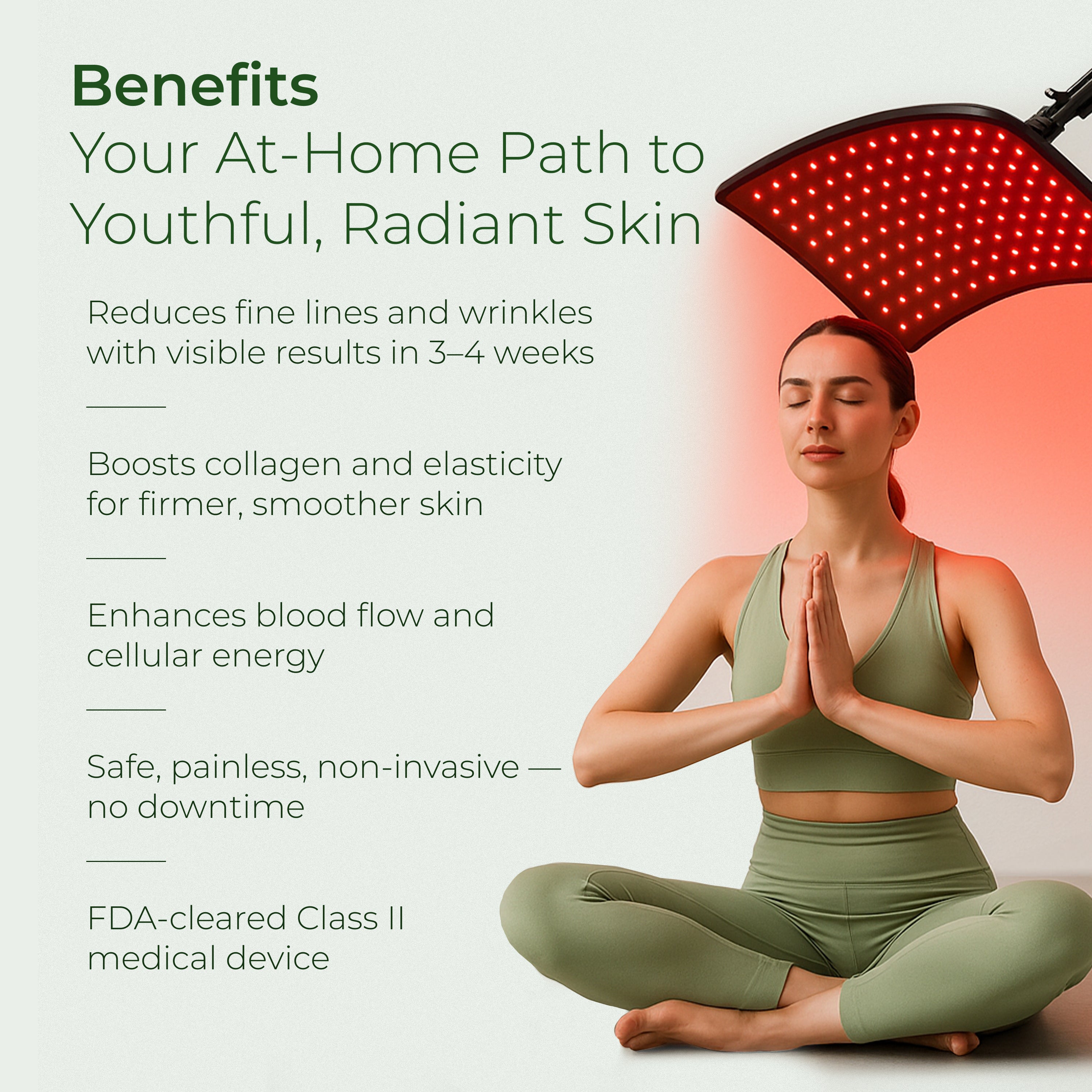
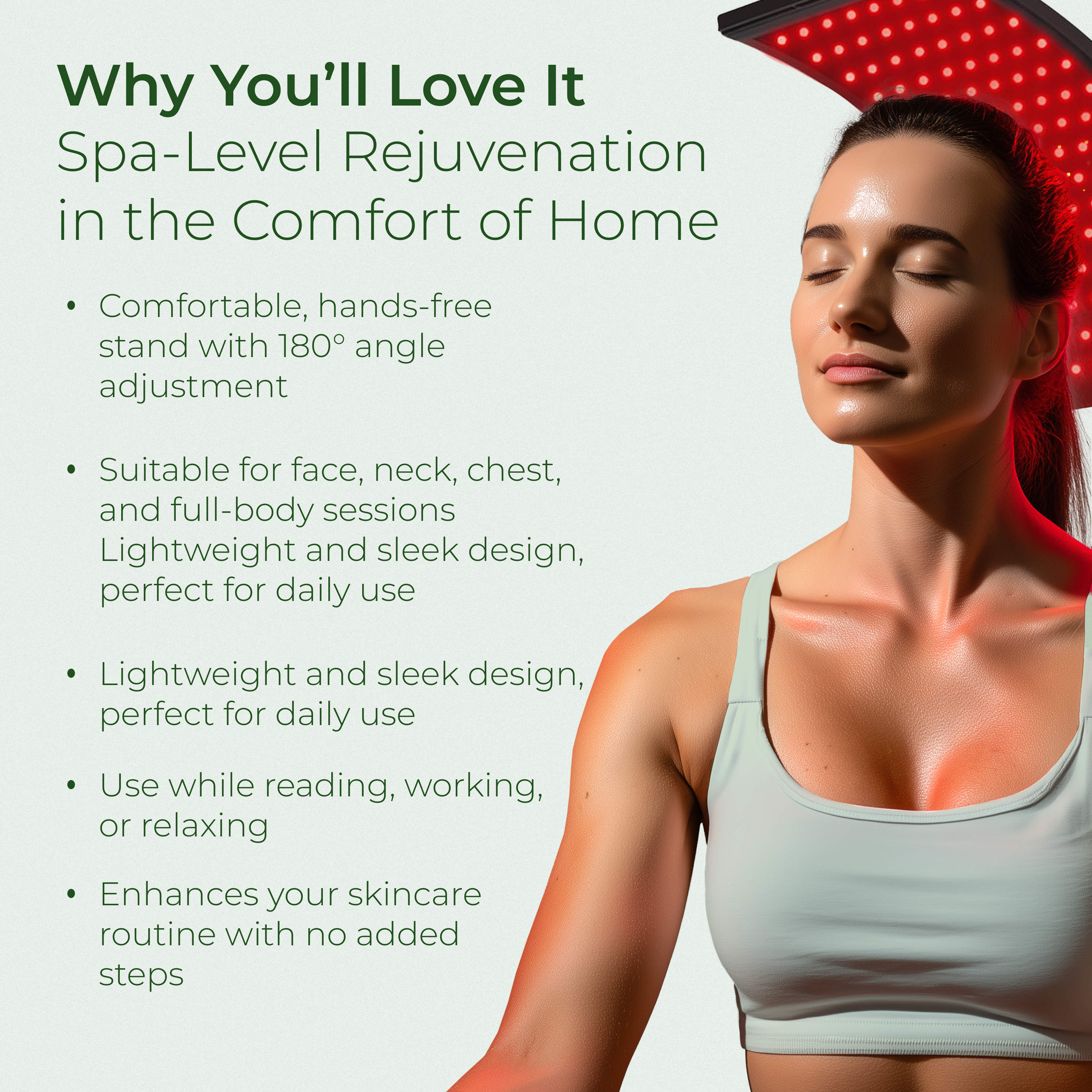
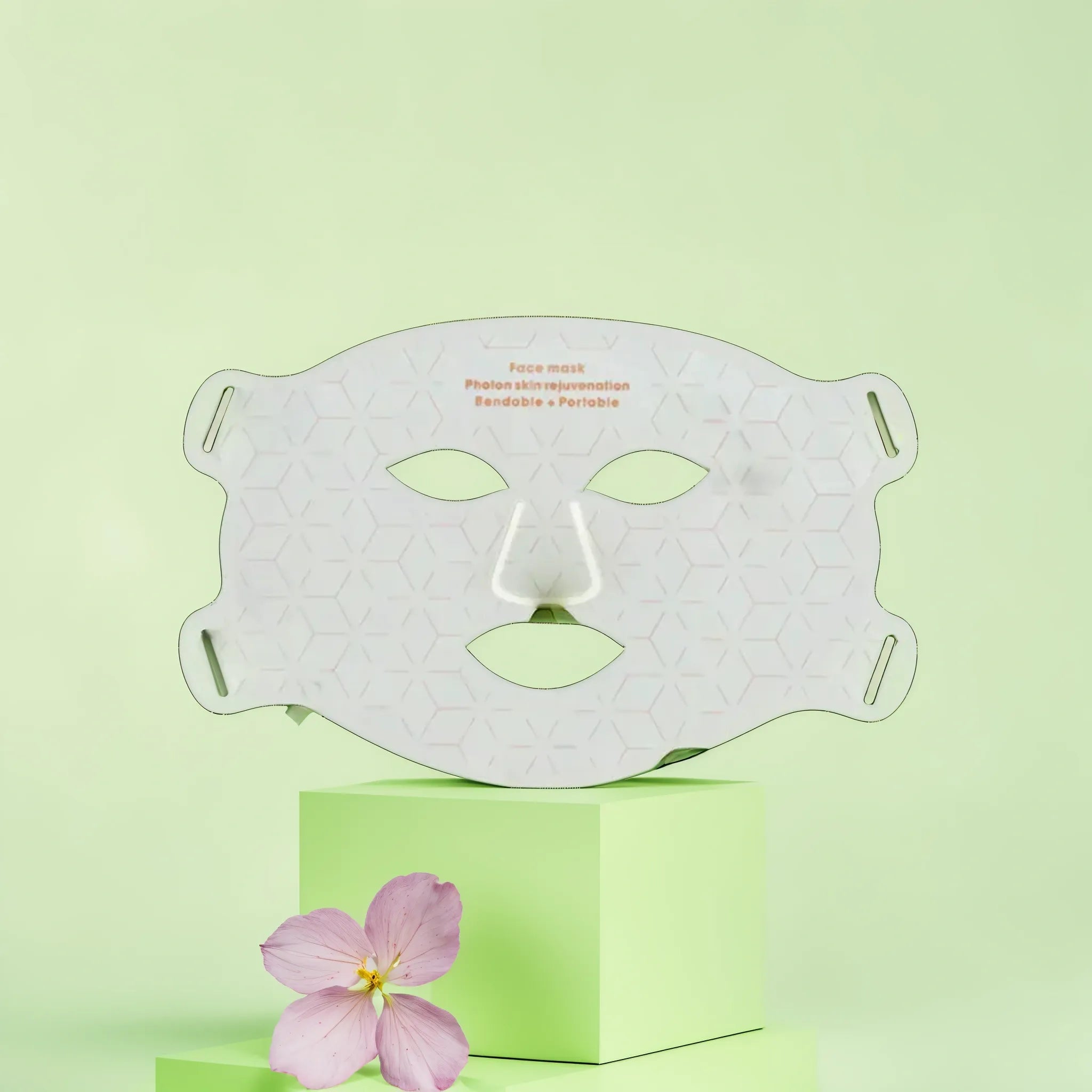
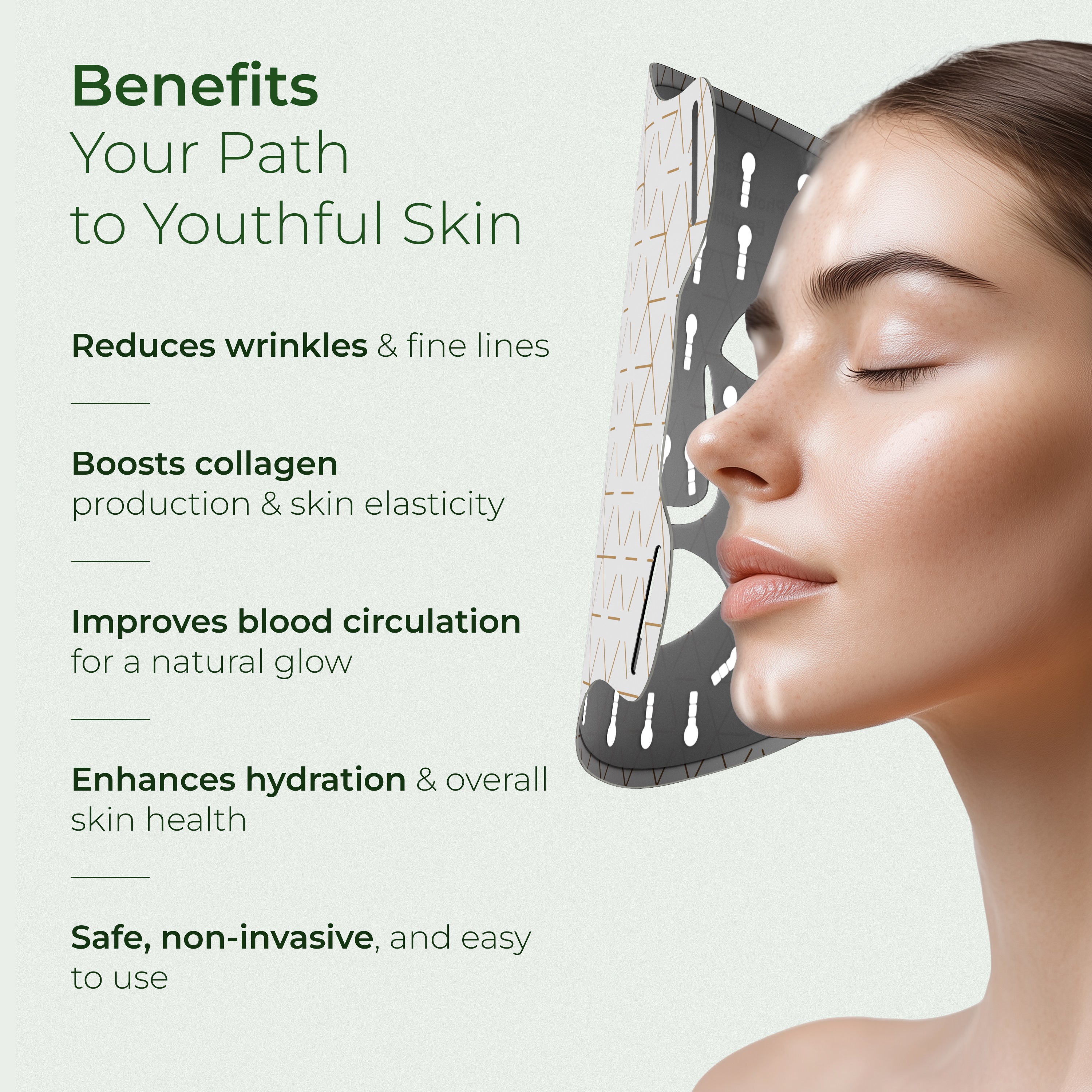


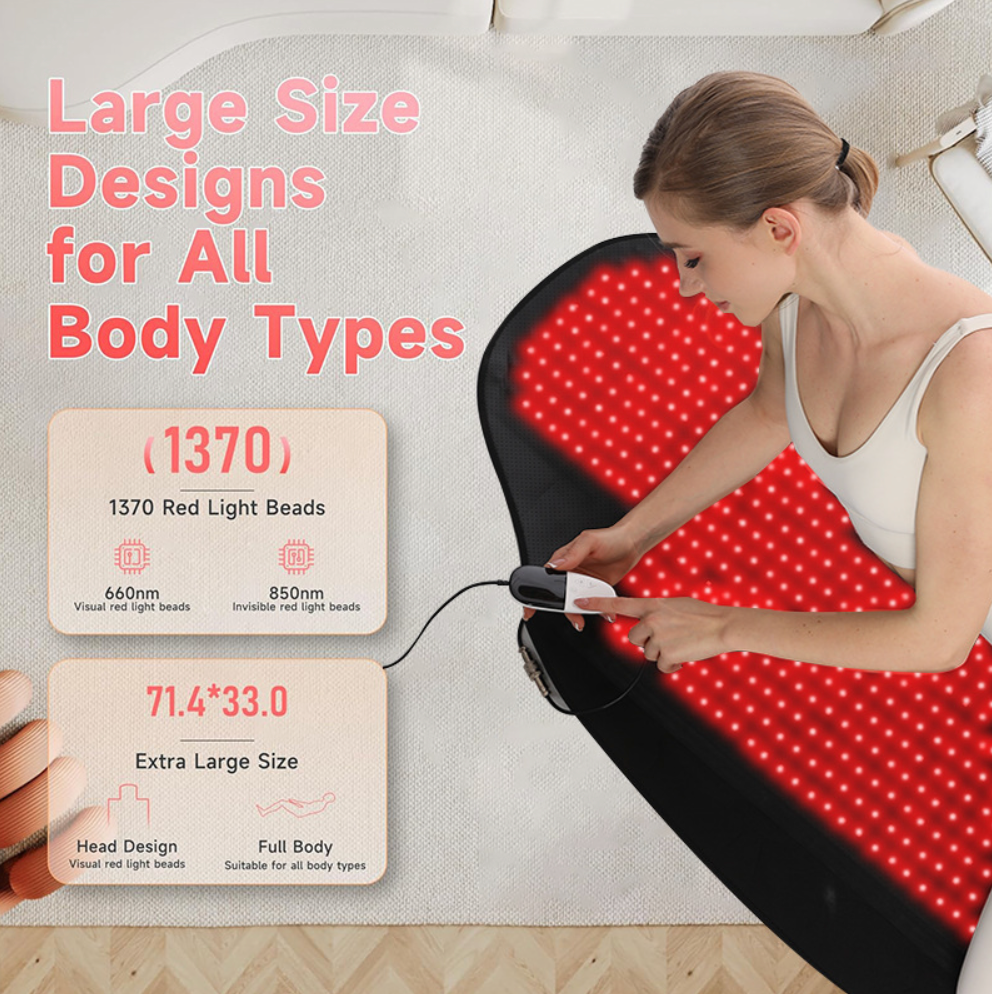
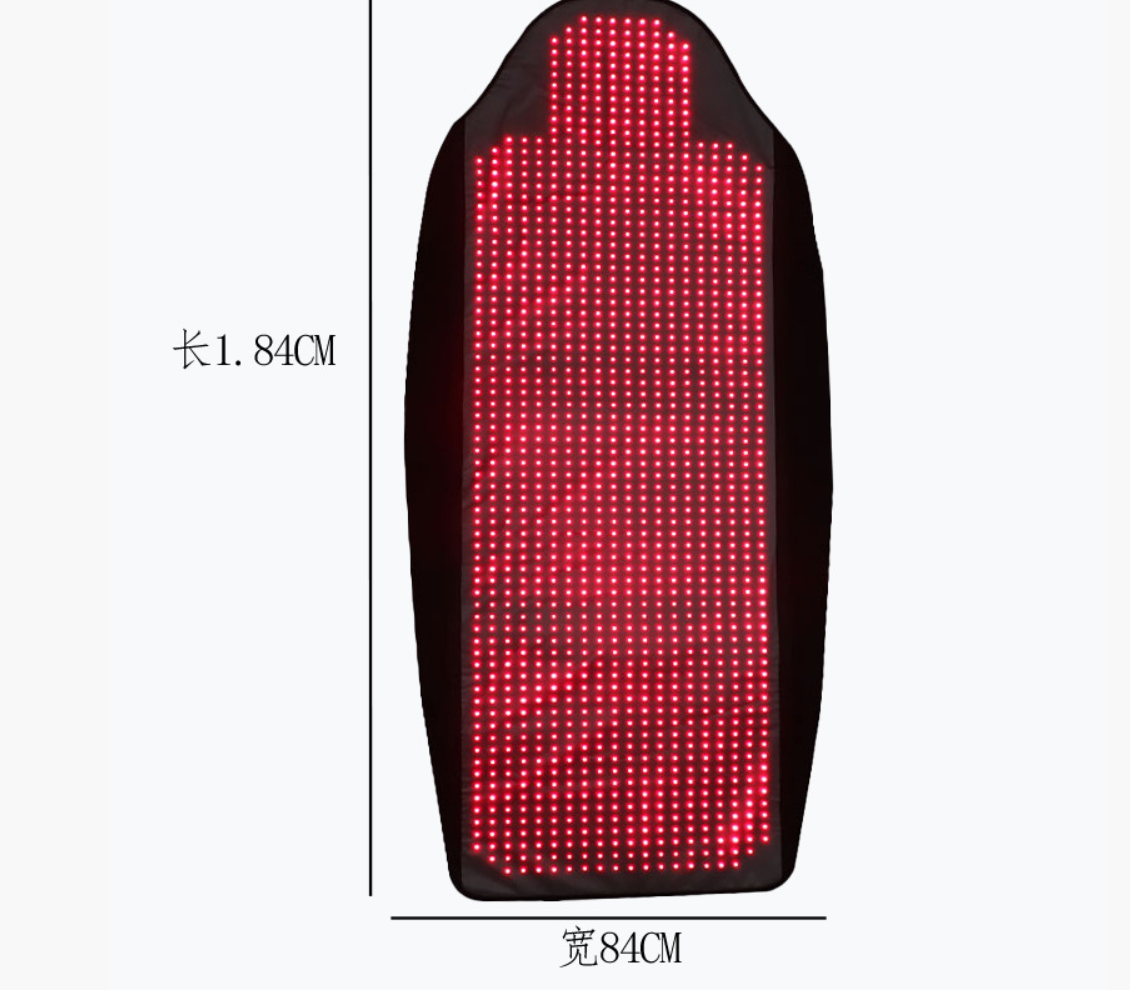

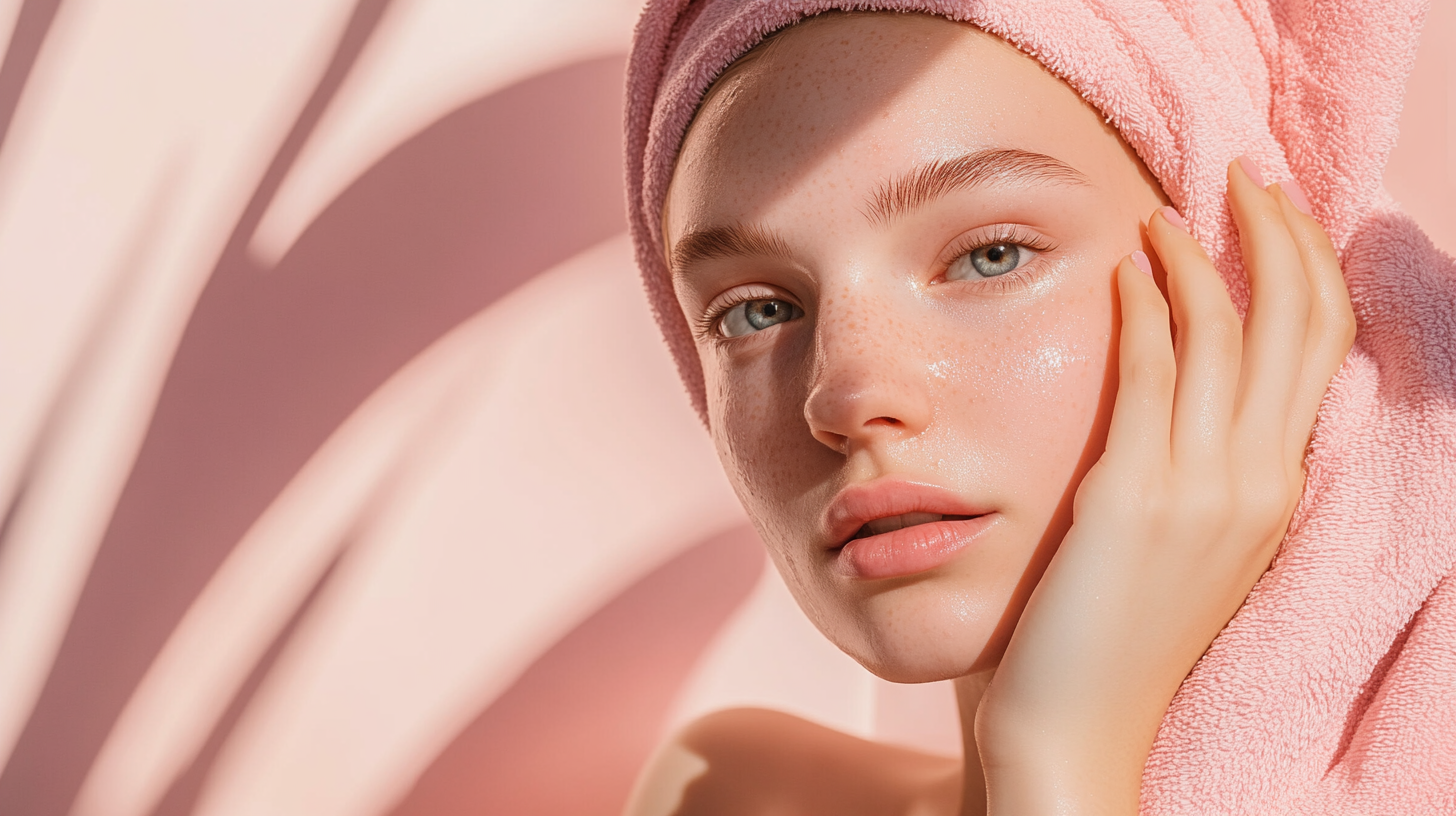
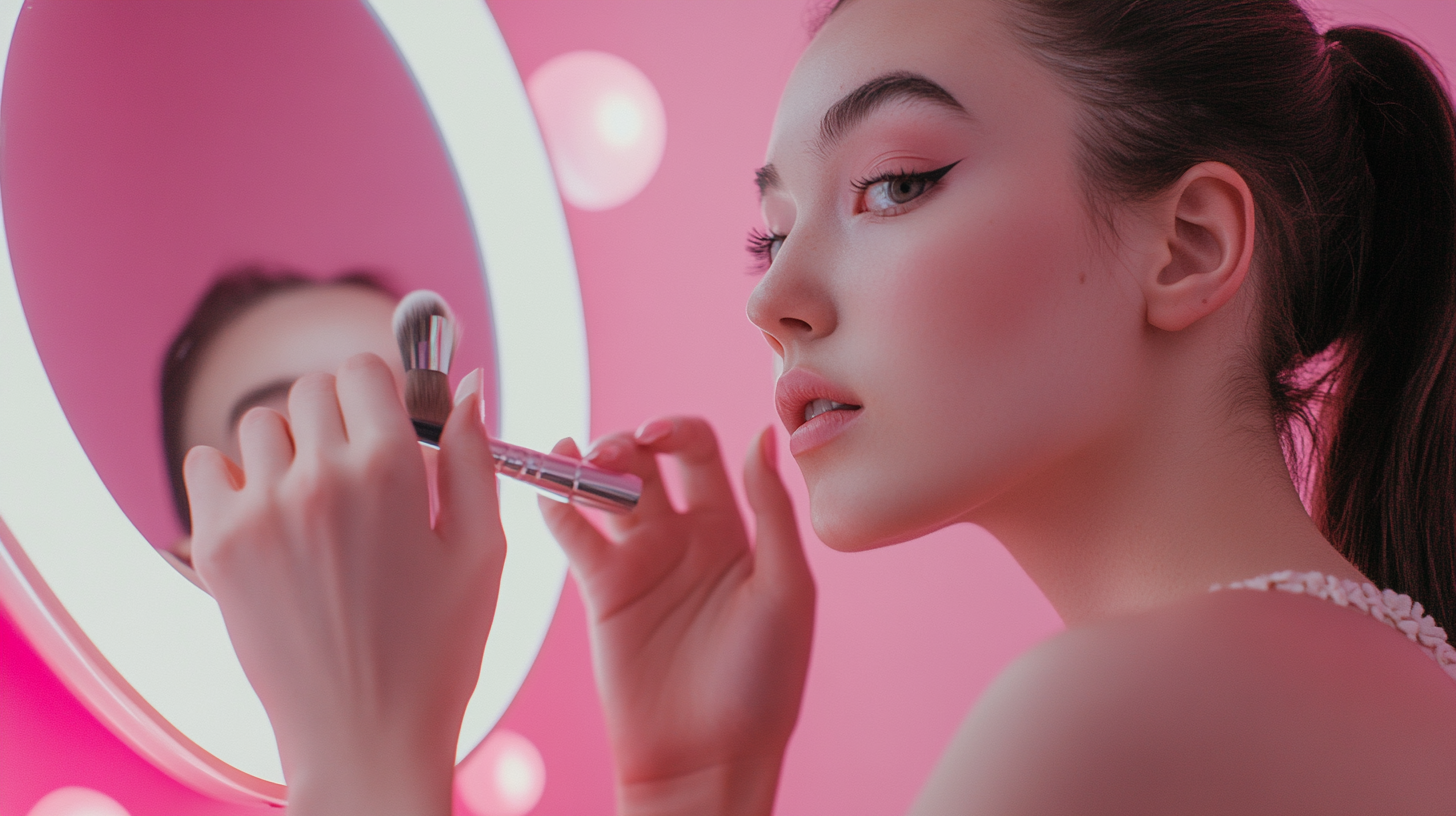
Deixe um comentário
Este site está protegido pela Política de privacidade da hCaptcha e da hCaptcha e aplicam-se os Termos de serviço das mesmas.